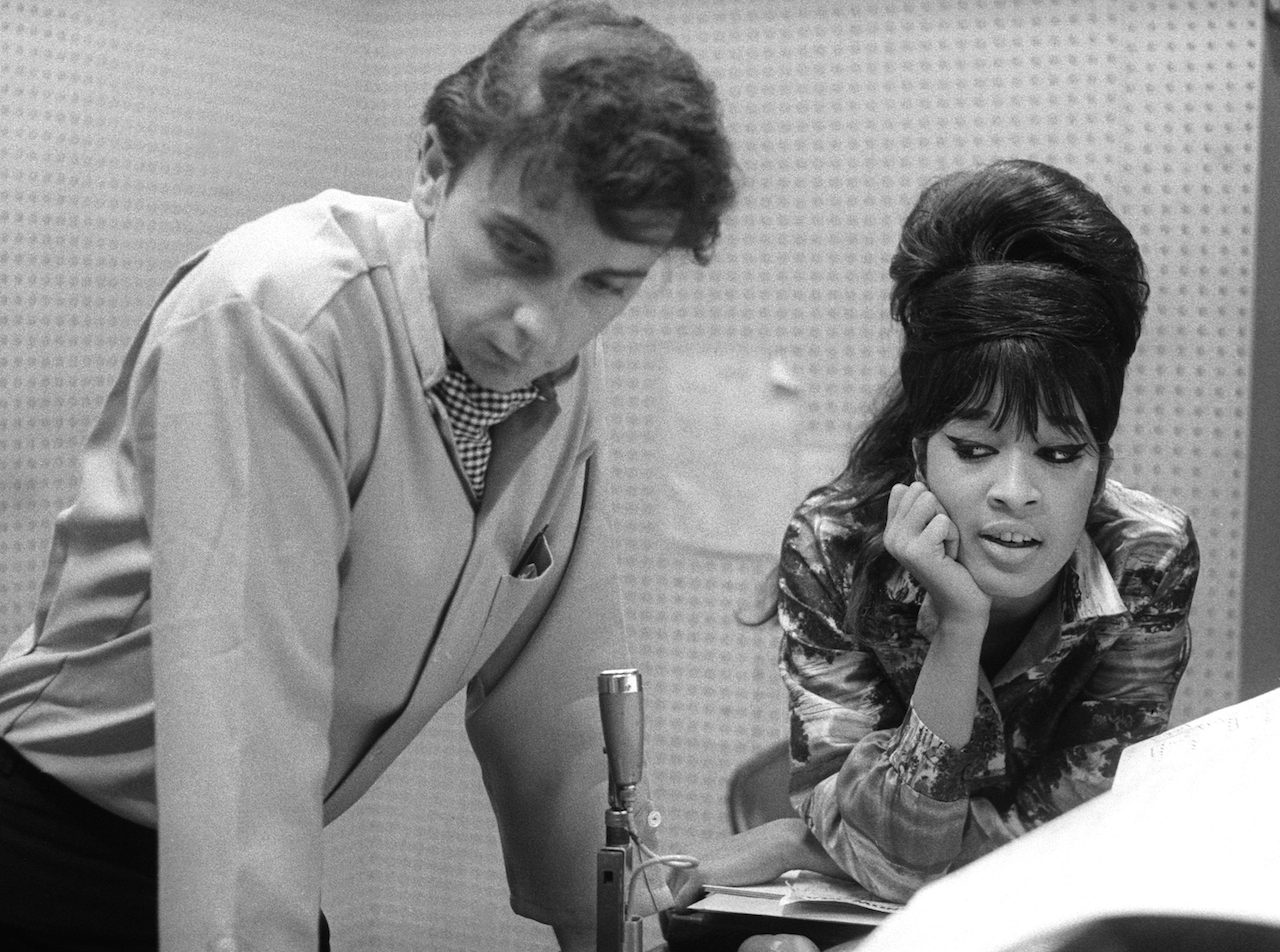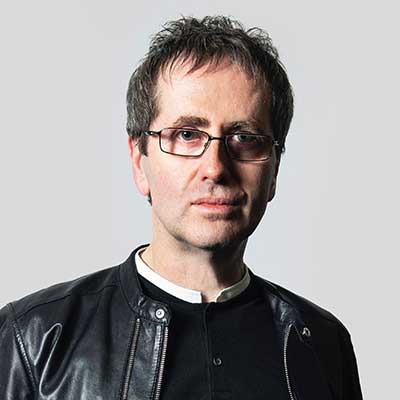Muse to Phil Spector, confidante of The Beatles, Stones and Ramones, and the ultimate voice of the unrequited bad girl on Be My Baby, Baby I Love You, and even Frosty The Snowman, Ronnie Spector has personified rock’n’roll for half a century.
In advance of April’s English Heart album and its accompanying Ronettes single, an appropriately sassy cover of the Stones’ I’d Much Rather Be With The Boys that’s out in February, Ronnie reflects on a rock’n’roll life well lived.
The early 60s music scene you arrived into was very innocent in many ways, but your voice changed all that. Let’s not be shy here – your voice was very sexy, and you knew it. Is sex an integral ingredient of rock’n’roll?
I think so. You have to have all of the ingredients to be a rock’n’roll singer, and one of those is you have to be a little sexy. You don’t have to be clothesless – it’s the way you look, and the way you look at your audience. I don’t see any performers out there today that relate just to the audience. The Rolling Stones might be the exception because of Mick Jagger. Mick is a little like me: wild and sexy, all that stuff, but he’s relating to the audience. He looks all around the place and that’s what I do. That’s what people are missing today – you don’t need all those dancers. Just sing and perform to the people. Feel the people. Everything is for the people.
Your first label, Colpix, didn’t know what to do with you, but then along came Phil Spector. When you went for your audition, do you think he fell in love with you there and then?
I do, because when we went to get something to eat, he asked me to go with him. I’ve never forgotten that. All three of us [Ronettes] were on edge, sitting with him in the back seat of his limousine, and he asked me to go into the restaurant with him to pick up the food. That was when I knew, and that was the first night I met him.

At what point did you see protectiveness, and then jealousy, turn into something darker?
Oh God, I think it was from the very beginning. When we came over to the UK, a week later, there he was, and he hated to fly. So I knew. We were going to go touring with the Rolling Stones, the Swinging Blue Jeans, Marty Wilde, and there were way too many men around for him. I was just a kid loving what I was doing, and I didn’t know what was happening, that I was slowly being taken away from everything. But enough about that – everybody knows my story. I don’t want to obsess, and talk, about that time in my life any more.
Post-Ronettes, when you were out of the public eye, you hung out with Jimi Hendrix and on occasion sang with him.
I already knew Jimi because The Ronettes played the Brooklyn Fox in New York with Dusty Springfield – ten days, six shows a day – and afterwards we used to go to this place called Ondine’s and Jimi Hendrix was the lead guitarist of their house band. I’d jump up on stage and sing with him. He’d play something on the guitar and I’d mimic it with my voice, and he thought that was phenomenal.
Did you record with him?
Well, when I was in California in ’68, ’69, I would come back to New York to see my family every two or three months. I met up with Jimi and I’d sometimes go into his studio. One time, my sister said, “You’ve got to come over to Jimi’s house.” When I got there he had ten girls surrounding his bed. It wasn’t a regular bed, just a mattress on the floor. It was so rock’n’roll. All we did was sit around and sing all night. I loved Jimi – we had great harmony.
What motivated your recording of George Harrison’s Try Some, Buy Some with Phil at Abbey Road in 1971?
The Beatles wanted me on Apple Records. Phil was due to master Let It Be and they said, ‘Okay, that could happen if you let Ronnie Spector come and be on Apple Records.’ They flew me to London, I walk into Apple Records and there’s George Harrison, sitting at the piano by himself. I said, “I don’t understand these words. Try what? Buy what? George, this is not my kind of song. I’m the Be My Baby girl.” And he said, “I know, but Phil said…” That’s when I knew it was Phil that wanted me to sing Try Some, Buy Some, because he knew it wouldn’t be a hit. Which it wasn’t. So that was that.
So how did you come to work with the E Street Band on your version of Billy Joel’s Say Goodbye To Hollywood in 1977?
I’m walking down the street in New York and I hear this voice: “Hey Ronnie! Ronnie Ronette!” It was John Lennon. There he was with [record producer] Jimmy Iovine. So I said, “John, I’ve got to be in a recording studio. If I don’t record, I’m lost.” I told him the whole story of what was going on with Phil and he said, “Ronnie, I’ll see you later.” Sure enough, two days later Jimmy Iovine called me and said, “Would you like to come down? We have a band and we have a song.” So thanks to John Lennon of all people, I got to record with Southside Johnny and Bruce Springsteen & The E Street Band. I did Say Goodbye To Hollywood, which Billy Joel wrote. Billy used to be our opening act. He had a band called The Hassles in the 60s.
Over the years, you’ve worked with everyone from Joey Ramone to Jack White and, on your new album, Keith Richards. Rock’n’roll knows no temporal boundaries…
Rock’n’roll is timeless, and I can say that because I’ve lived it. I see people come, I see people go. If you’ve been in the business for a while, you can tell who’s going to succeed and who’s going to fall off the wagon.
You came from a very large family in Spanish Harlem, and went on to work with some of the greatest people of your age. You must sometimes just sit back and think, “Wow…”
Sometimes I do look back at it all and think, “My God, Ronnie, look at the people you’ve worked with,” but then I move on. You can’t dwell, because I also see all of the people I lost: John Lennon, George Harrison, all the people that I loved. So you have to move on.

